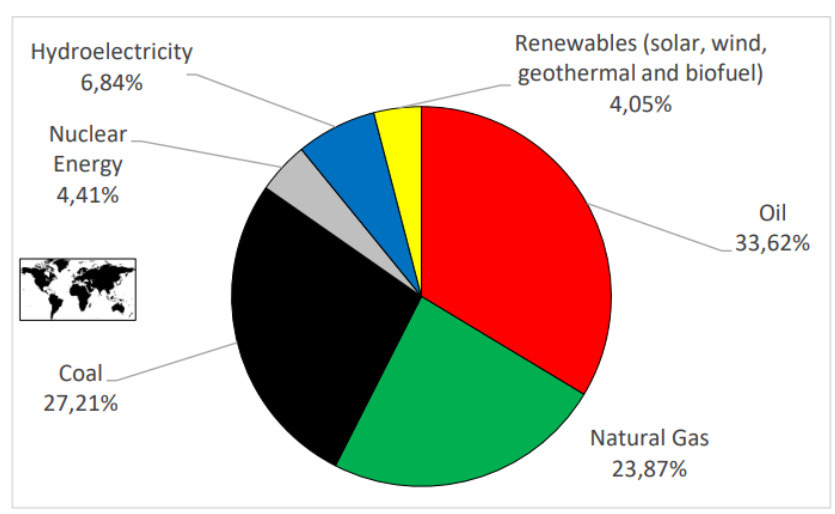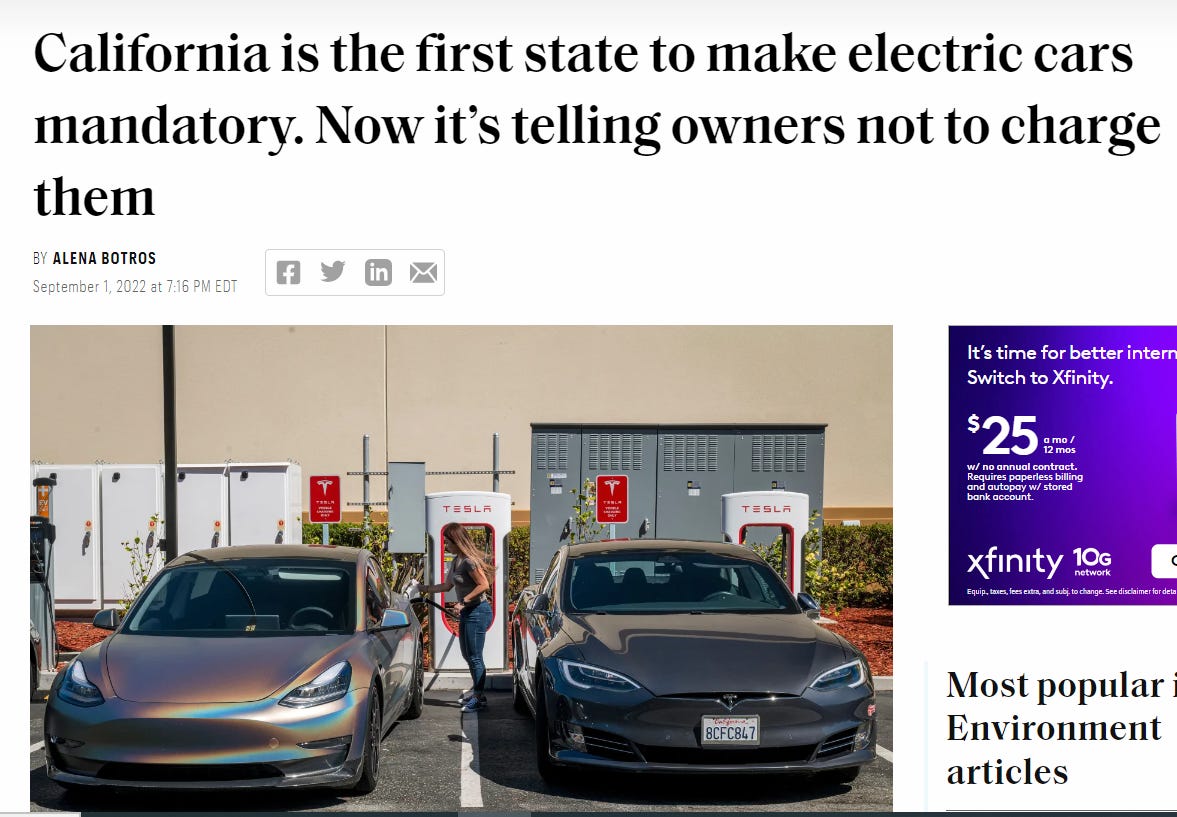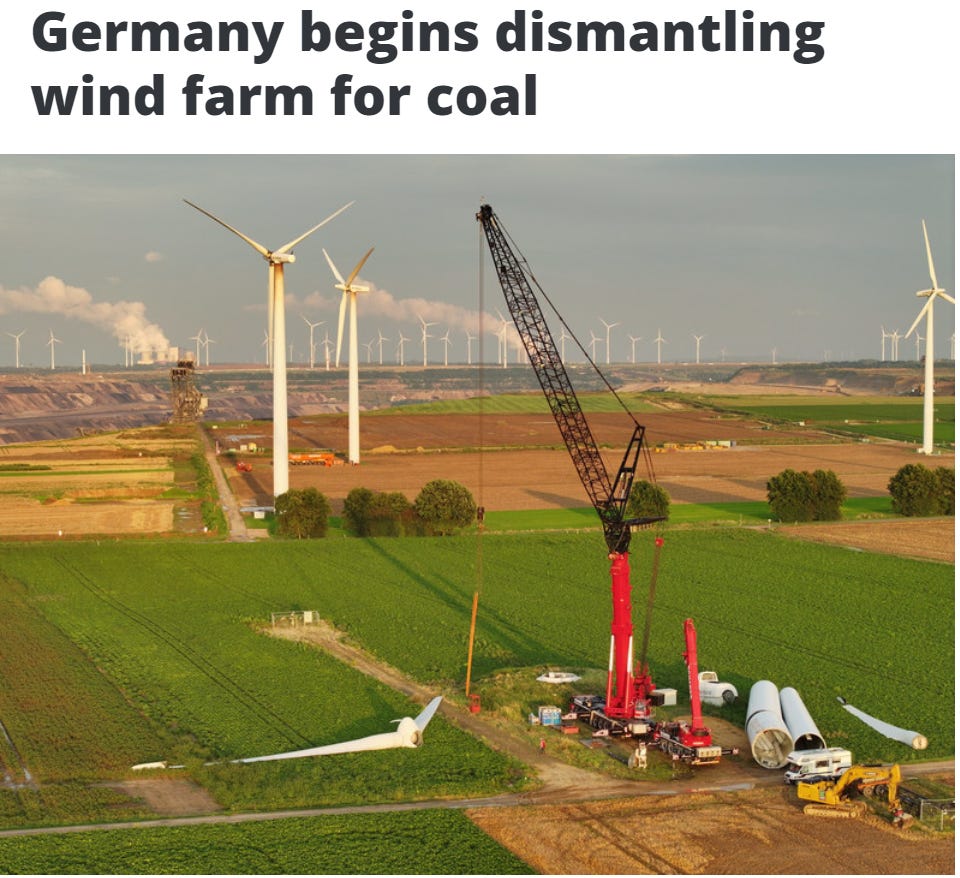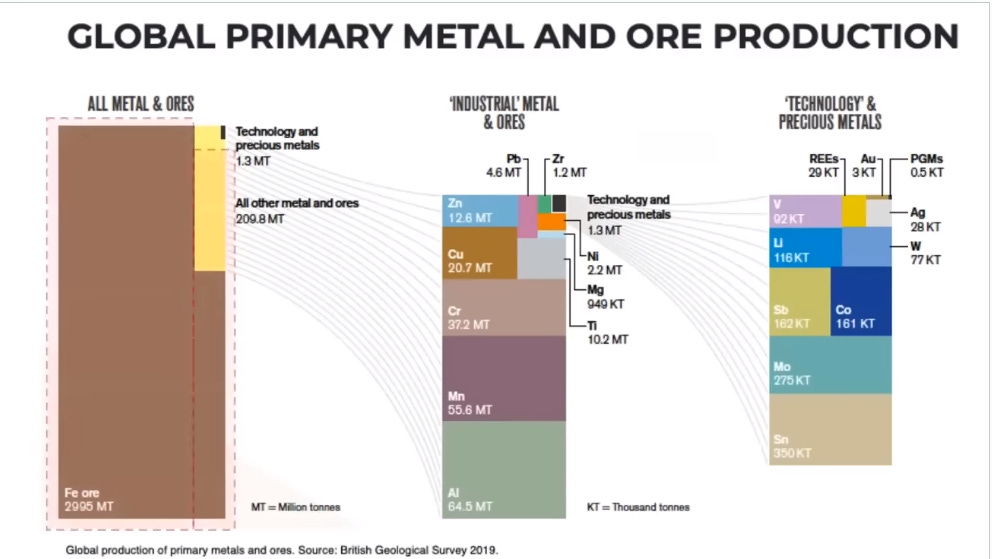Dateline 2nd Century AD Rome Italy
We all know that our history lessons are usually just sweeping generalities and lack nuance. I still believe that storks deliver babies, don't you?
Lots of us learned that Rome fell for 3 chief reasons.
- Military weakness: The Roman army was once the most powerful in the world, but it began to decline in the 4th century AD. This was due to many factors, including corruption, indiscipline, and a shortage of manpower. As the Roman army weakened, it could not defend the empire from enemies.
- Economic problems: The Roman economy was also in decline in the 4th century AD. This was due to overspending on the military, high taxes, inflation, and debasing the currency from 95% silver purity down to 3% purity. The economic decline made it difficult for the Roman government to maintain its infrastructure and provide for its citizens.
- Political instability: The Roman government was also unstable in the 4th century AD. There were frequent civil wars and power struggles. This instability made it difficult for the government to address the empire's problems.
But now that you are seated within the lecture halls at Prestigious Princeton Pickaxe University, you will learn the chief reason Rome fell.
Rome ran out of trees (lumber is a commodity still)
Rome started running out of trees to smelt metals and it was GAME OVER ROME
Metal was essential for Rome's economy and military. It was used to make weapons, tools, armor, and coins. Without enough wood to fuel the furnaces, metal production decreased. This made it more difficult for Rome to maintain its military and trade. As Rome's demand for timber grew, it began to cut down forests at an unsustainable rate. This led to deforestation and soil erosion. This made it more difficult for farmers to grow crops and for people to find firewood. Rome had to start importing wood from other parts of the empire and beyond its borders. This made wood more expensive and made Rome more vulnerable to supply disruptions.
The Roman government tried to address the problem of deforestation by enacting laws to regulate logging and by planting new trees.
However, more than these measures was needed to reverse the trend. By the 2nd century AD, Rome's forests were largely depleted.
The shortage of wood had several long-term consequences for Rome. It made the empire more vulnerable to attack and weakened its economy. It also contributed to the decline of Rome's agriculture and industry.
More evidence of Rome Running Out of Lumber.
Many Latin names for cities in the Roman Empire suggest there were lush forests and trees before Rome's deforestation. Here are a few examples:
- Silva Nigra (Black Forest): This region in southwestern Germany was once covered in dense forest. The Latin name "Silva Nigra" means "Black Forest."
- Arduenna Silva (Ardennes Forest): This forest covers parts of Belgium, France, Luxembourg, and Germany. The Latin name "Arduenna Silva" means "Ardennes Forest."
- Hercynia Silva (Hercynian Forest): This vast forest once covered much of central and eastern Europe. The Latin name "Hercynia Silva" means "Hercynian Forest."
- Querquetulana Silva (Forest of Oaks): This forest was located in what is now modern-day Italy. The Latin name "Querquetulana Silva" means "Forest of Oaks."
- Nemetum (Sacred Grove): This city was located in what is now modern-day France. The Latin name "Nemetum" means "Sacred Grove."
In addition to these specific examples, several other Latin names for cities include the word "silva," which means "forest." For example, Silvanectes (modern-day Senlis, France) and Silvium (modern-day Silvi, Italy) were named after the forests surrounding them. The word "Cyprus" is derived from the Greek word for the Mediterranean cypress tree (Cupressus sempervirens), κυπάρισσος (kypárissos). The name "Cyprus" suggests that the island was once covered in cypress trees.
So What? Rome ran out of fuel. What's your point?
Now let's fast forward to 2023
In a matter of days all this has happened.
-OPEC has cut production
-Saudi has joined BRICS
-US still has no plans to allow drilling on federal land
-Europe states they “stand with US” on Russian sanctions and won’t buy Russian fossil fuels meanwhile… the EU bought 52% of Russia’s liquefied natural gas.

Energy is our primary resource. Energy facilitates all physical work done. It is the foundation for all farming, manufacturing, and distribution. Energy allows human populations to live in modern cities.
The industrial revolution marked the transition from an agricultural and handcrafted economy to a specialized and machine-based economy. Currently, a new shift is underway, which is a transition from fossil fuels to renewables. Like it or not the internal combustion engine and its market share is transitioning to NetZero emissions which means there will be a lot of instability and energy market volatility throughout this transition.
Let’s remember that this is the current picture of energy distribution on Planet Earth.
Oil remained on top with 34% of all energy consumption. The remainder of global energy consumption came from coal (27%), natural gas (24%), hydropower (7%), renewables (4%), and nuclear power (4%).
Cognitive dissonance occurs whenever there is a gap between what the government says and what it actually does. Just to stay on theme, let’s just call this gaslighting us villagers. The Parasitic class has refined this act (pretty good, just dropped two consecutive energy puns)
Like these examples of “gaslighting” or cognitive dissonance.
- Government officials claiming that a war is necessary to protect national security, when the real reason for the war is to access resources or control territory.
- Politicians promising to lower taxes, but then raising them once in office.
- Government agencies claiming to be transparent, but then withholding information from the public and more in the recent headlines.



- 142 coal burning plants = 30,266 PV photovoltaic (PV) Arrays
- Array is the key word here.
- 30,266 Arrays x 100,000 panels = 3,026,600,000 solar panels
You can also use a calculator to verify this answer.
A typical solar panel PV array for commercial use in China can have several thousand to tens of thousands of solar panels. The exact number of panels will depend on the array's size, the solar panels' efficiency, and the amount of sunlight the array will receive.
- The Longyangxia Solar Park in China has over 4 million solar panels
- The Tengger Desert Solar Park has over 2 million solar panels.
Look at the chart below; of all the metals that are mined, it charts the critical ones needed to power Electric Vehicles, Solar Panels, Wind Turbines, Nuclear Power, and Batteries.
Phasing out internal combustion engine and the transition to Net Zero

As the chart shows, that tiny black box in the upper left-hand corner (of all the metals mined) is where we need to get 10 critical metals – silver, lithium, cobalt, copper, nickel, tin, graphite, manganese, zinc, and vanadium – that are absolutely essential to the electrification of the global economy.
For copper, 6,700 million tonnes are needed. In 2019, 20.4 million tonnes of copper were produced. So it would take 328 years (using 2019 copper production numbers as a baseline) to reach the required copper amount needed to phase out fossil fuels.
For nickel, 1,352 million tonnes are needed. In 2019, 2.61 million tonnes of nickel were produced. So it would take 518 years (using 2019 nickel production numbers as a baseline) to reach the required nickel amount needed to phase out fossil fuels.
For lithium, 1,386 million tonnes are needed. In 2019, 0.086 million tonnes of lithium were produced. So it would take 16,121 years (using 2019 lithium production numbers as a baseline) to reach the required lithium amount needed to phase out fossil fuels.
For cobalt, 319 million tonnes are needed. In 2019, 0.144 million tonnes of cobalt were produced. So it would take 2,213 years (using 2019 cobalt production numbers as a baseline) to reach the required cobalt amount needed to phase out fossil fuels.
For graphite, 13,217 million tonnes are needed. In 2019, 1.1 million tonnes of graphite were produced. So it would take 12,015 years (using 2019 graphite production numbers as a baseline) to reach the required graphite amount needed to phase out fossil fuels.
For silver, 3.2 million tonnes are needed. In 2019, 0.0265 million tonnes of silver were produced. So it would take 121 years (using 2019 silver production numbers as a baseline) to reach the required silver amount needed to phase out fossil fuels.
The situation is super simple to dissect when it comes to electrifying our vehicles, homes, and power grids. These three bullet points say it all.
- Global mine supply is in a downtrend.
- Global industrial demand is in an uptrend.
- Just like the move in lithium (13-fold increase), you must be positioned before the stampeding herd arrives.
